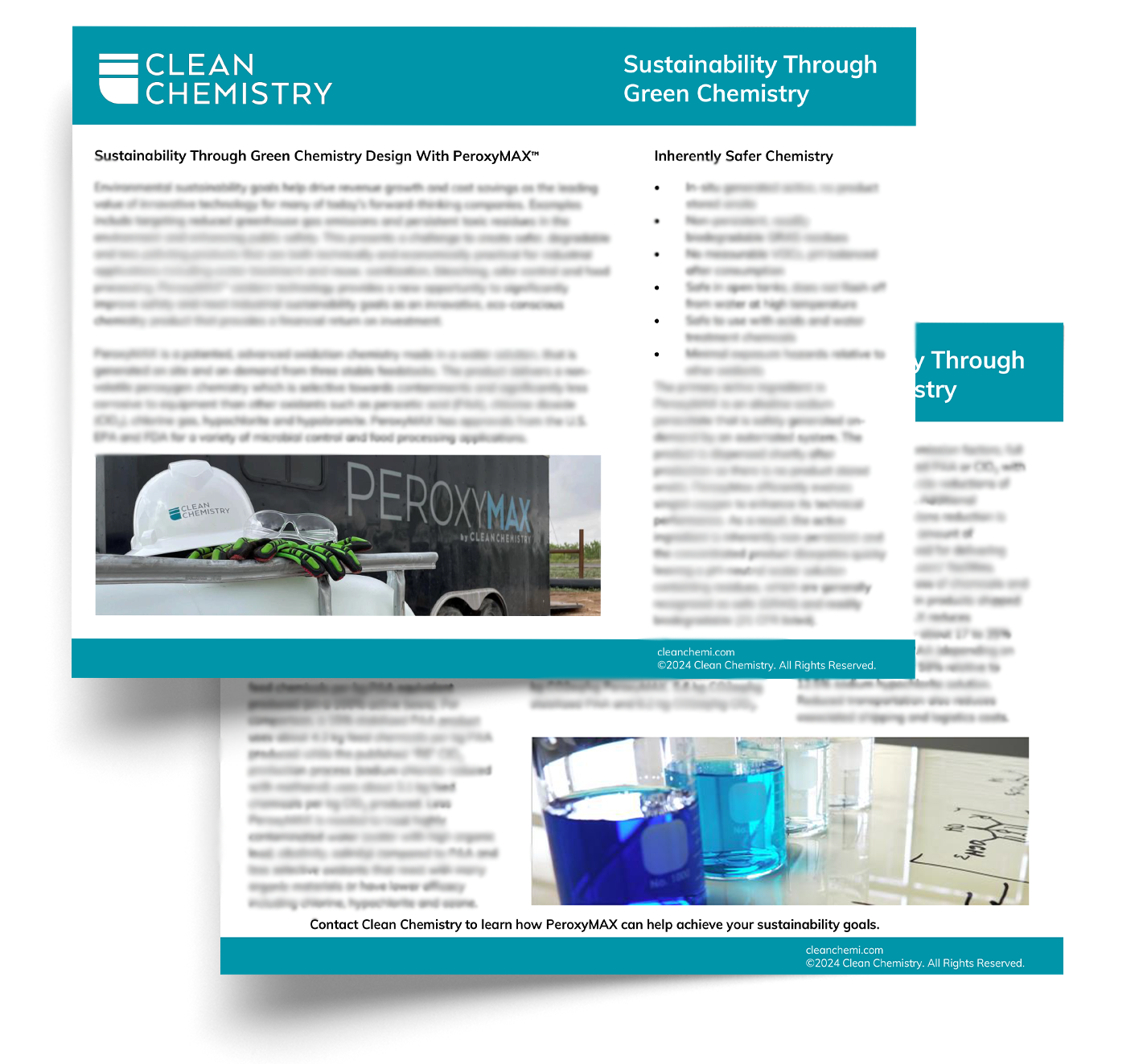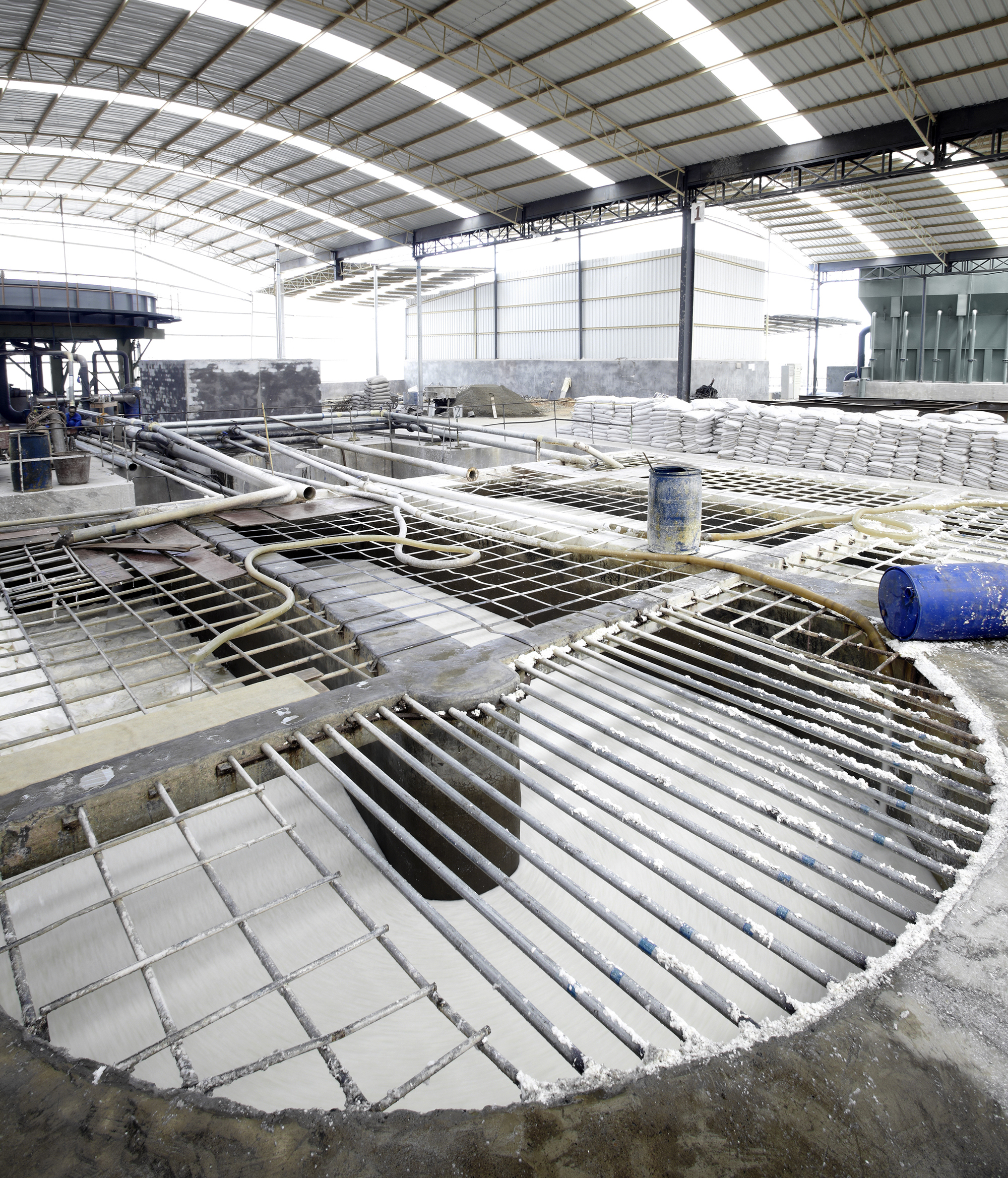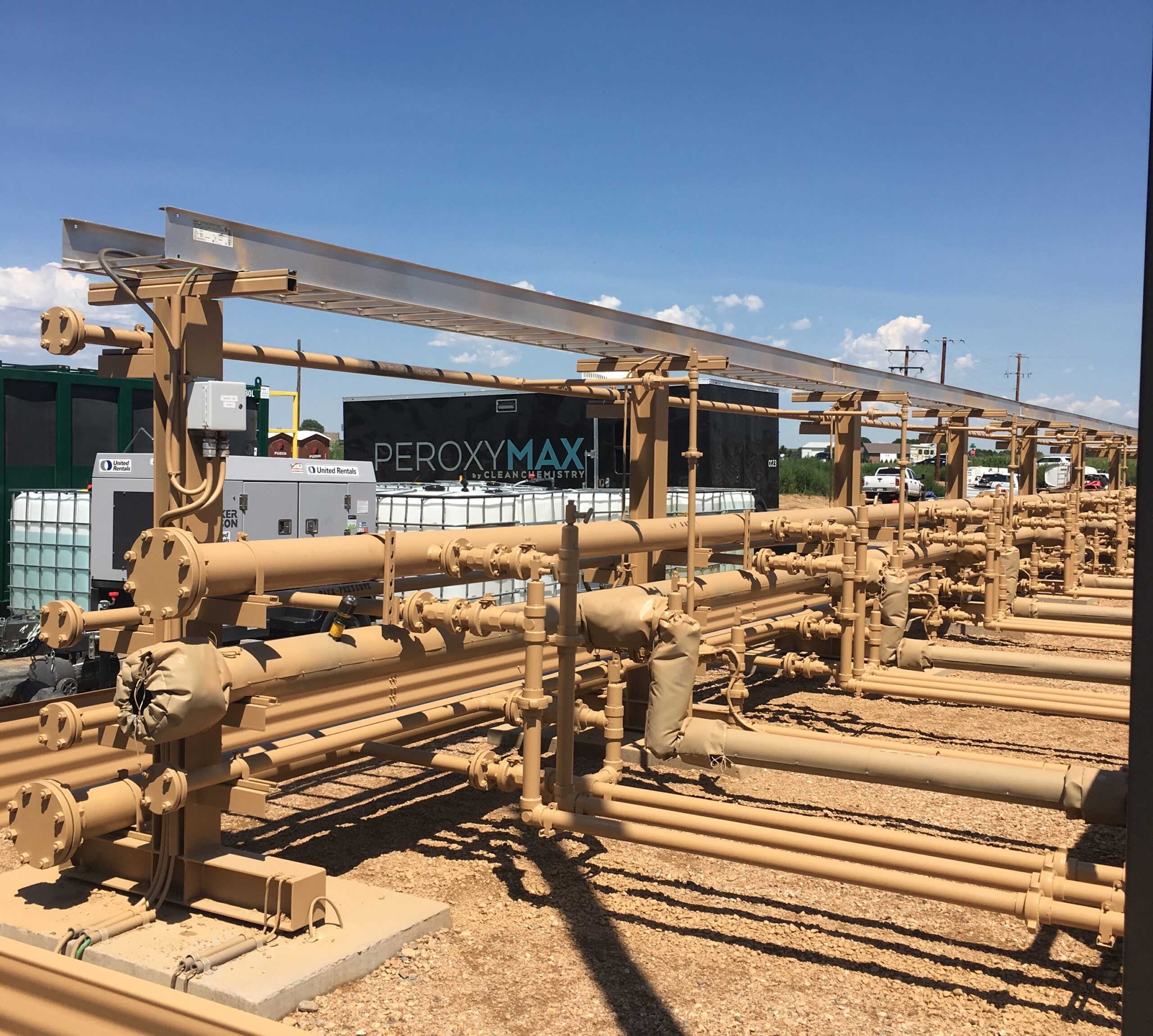Our Promise
HEALTH & SAFETY | SUSTAINABILITY | ENVIRONMENT
Health and Safety
Clean Chemistry is committed to a culture of safety that results in an injury-free workplace, whether at the office, in the lab or at the worksite. Leadership, employee participation, communication and education are essential to building a safe work environment for our employees, our customers and contractors that share the job site. Safety is a shared responsibility and is a core value at Clean Chemistry.
Safety
Clean Chemistry provides dependable solutions to customers using advanced chemistry and cutting-edge technologies that prioritize the safety of our personnel, the well-being of the local community, and the preservation of the environment. A strong commitment to safety not only safeguards our employees but also underlines our commitment to delivering the utmost in service, productivity, and quality to our valued customers. We work with each customer prior to the job and throughout job execution to ensure we adhere to all jobsite safety measures and protocols.ᅠ
- Prior to work: Clean Chemistry recognizes the importance of comprehensive pre-job training to ensure that no personnel go to a worksite untrained.
- Safety on site starts with planning:ᅠHazard identification, assessment and communication are essential during job set-up and can reduce or eliminate risks and prevent accidents before they occur.
- Job Safety Analysis: Completed daily or upon process change to make all personnel aware of potential hazards related to the work task or operation.
- All personnel are empowered to stop unsafe operations: If an unsafe condition is discovered personnel are empowered to stop work so the condition can be resolved without incident.
- Management promotes safety culture: Regular safety meetings, site audits, and root cause analysis help our employees and clients recognize our commitment to safety
- Hazard control measures: We evaluate and implement safety measures according to the safety control hierarchy. Elimination of these hazards is the most effective way to perform operations safely.
![[HSE - Safety] Hierarchy of Safety-01](https://cleanchemi.com/wp-content/uploads/2021/05/HSE-Safety-Hierarchy-of-Safety-01.png)
Safety Design Principles:
Less hazardous chemical synthesis
- Safe, ambient temperature and pressure process
- Water-based chemistry
- Safer, lower concentration product
- Low chemical volume in process, on-demand production
- No toxic gas or flammability hazards in the process
Safer design criteria
- Safer to handle, does not fume, low exposure hazard
- Easy to contain in water solution
- Safer, more compatible to combine with other chemicals
- Does not ignite clothing or combustible materials
- Non-persistent, inherently deactivates to safe residuals over time
Safer Solvents
Inherently safer chemistry for accident prevention
- Substitution of more hazardous materials
- Minimize fugitive emissions and VOCs
- Reduce occupational exposure hazards
- Eliminate active product chemistry storage on-site
Sustainability
Clean Chemistry’s sustainability practices create value for our customers, partners, and investors. Advanced technology and green chemistry combined with safe and reliable service operations are how we protect employees, the environment and local communities. Meeting today’s sustainability challenges is an investment in the future and Clean Chemistry is committed to doing its part as an innovation leader.
Many companies are facing increased consumer demand for more sustainable products and growing investor pressure to address environmental, social and governance (ESG) criteria for conducting business. Clean Chemistry can help companies align with these higher standards, especially for responsible manufacturing practices, health and safety of the workforce and environmental stewardship.
Pulp and Paper
The pulp and paper industry is one of the world’s largest consumers of industrial oxidants used for water clarification, microbial control, odor control and bleaching. However, there are a very limited number of practical options to modify existing mill designs or increase capacity without high capital investment. The industry is facing increased consumer pressure for environmentally friendly and more sustainable paper and fiber products, which is motivating changes in how products are manufactured. At the same time, the industry is challenged by competitive pricing pressures that demand cost reductions for the industry to survive and prosper. Clean Chemistry’s PeroxyMAX™ technology helps mill operators increase capacity, provide more environmentally friendly operations and lower cost.
Sustainability Design Principles:
Atom economy
- Reduced mass of inputs per mass of active product
- High-efficiency conversion of inputs
- Safe on-site product generation
Energy-efficient design
- Low operating power, standard wall outlet, off-grid compatible
- No product refrigeration required
Use of renewable feedstocks
- Carbon feedstock is derived from renewable resources

Sustainability Through Green Chemistry Design
Clean Chemistry's PeroxyMAX oxidant technology provides a new opportunity to significantly improve safety and meet industrial sustainability goals as an innovative, eco-conscious chemistry product.
"*" indicates required fields
Environment
Environmental responsibility is essential for the long-term success of any business. Reducing the environmental footprint of chemicals, limiting persistent residues and eliminating toxic byproducts are key elements in achieving greener operations. Clean Chemistry’s PeroxyMAX™ technology is a safer choice for the environment simply because of its intrinsic properties.
- PeroxyMAX is consumed rapidly and leaves residuals that are generally recognized as safe (GRAS) and degrade easily in the environment
- Less harmful compared to other oxidants
- Generated on-demand, no active product stored on site, PeroxyMAX is mixed from three benign, off-the-shelf products
- No harmful fumes are produced when generated
- No transport of dangerous chemicals
- No formation of toxic, halogenated oxidant byproducts or VOCs, safe to dispose
- No added stabilizers with their associated environmental concerns
- Lower COD/BOD (chemical oxidation demand, biological oxidation demand) means treated waters can be disposed of safely
- Chemical feedstocks are storage stable and non-persistent in the environment
Supply Chain and Logistics
Clean Chemistry procures and transports high-concentration feedstocks where possible and has engineered its equipment to utilize highly concentrated chemicals in an efficient manner; this reduces trucking requirements and its associated emissions.
Environmental Design Principles:
Prevents waste
- No production byproduct waste stream.
- No toxic residues from consumed product.
- Prevents halogenated VOC or byproduct formation.
- Eliminates use of stabilizers with environmental toxicity.
Designed for degradation
- Active product has a relatively short half-life.
- Product residuals are non-toxic and rapidly biodegradable.
- Feedstocks are non-persistent and degrade rapidly.
Real-time analysis for pollution prevention
- Continuous production process QA/QC controls and monitoring.
- Process upsets do not produce toxic hazards.
Inherently safer chemistry for accident prevention
- Substitution of more hazardous materials.
- Minimize fugitive emissions and VOCs.
- Reduce occupational exposure hazards.
- Eliminate active product chemistry storage on site.
Get Started with Clean Chemistry
"*" indicates required fields

